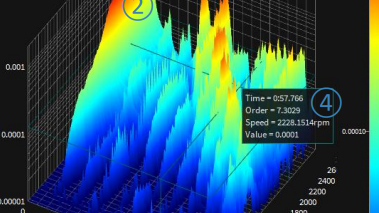Latest Oxygen 7.6 Update
What is Operating Temperature?
The operating temperature range for a pressure sensor is the temperature range within which the sensor can operate and produce accurate and reliable measurements. Operating temperature is a critical parameter because it affects the sensor's internal components, such as the sensing element and electronic components. If the temperature exceeds the specified operating temperature range, the sensor's performance may be affected, and the measurements may become inaccurate or unreliable.
For example, if a pressure sensor has an operating temperature range of -40°C to 85°C and is exposed to temperatures above 85°C, the sensing element's output may drift, resulting in inaccurate measurements. Similarly, if the temperature drops below -40°C, the sensor's electronics may malfunction, leading to erroneous readings.
What is Compensated Temperature?
The compensated temperature of a pressure sensor is the range of temperatures in which the sensor can provide accurate readings after compensating for the temperature effect. This compensating process involves adjusting the output of the sensor to account for the changes in temperature. The compensated temperature range is typically narrower than the operating temperature range and is also specified by the manufacturer.
The compensation process is often achieved using temperature sensors that are integrated with the pressure sensor or placed in close proximity to the pressure sensor. The temperature sensor measures the temperature and sends a signal to the compensation circuitry, which adjusts the output of the pressure sensor accordingly. This compensation process is known as temperature compensation.

As shown in the figure above, the compensated temperature range is usually narrower than the operating temperature range. This means that the pressure sensor can operate safely at higher temperatures but may not provide accurate measurements outside of the compensated temperature range.
Download a PDF copy of this blog here.
Take a look at our range of pressure sensors or contact us today.




